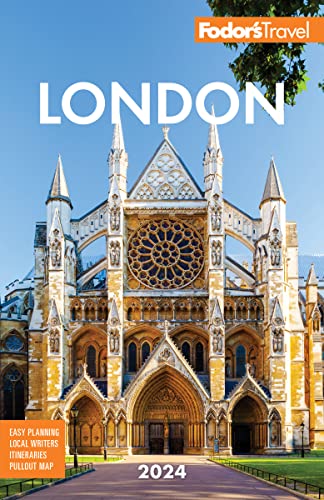This area is a magnet for tourists and residents alike, with attractions that include the IWM London, the Southbank Centre (Europe’s largest arts center), and the gastronomic delight that is Borough Market.
The most important sights are clustered around the South Bank and in Bankside and Southwark, but the surrounding neighborhoods of Bermondsey and Lambeth are rising rapidly, with galleries, shops, and restaurants opening constantly. And the formerly drab Nine Elms area (near Vauxhall) is in the process of being totally transformed, with luxury high-rises and shops proliferating in the wake of the huge, fairly new U.S. embassy in the area.
A borough of the City of London since 1327, Southwark first became well known for its inns (the pilgrims in Chaucer’s A Canterbury Tale set off from one), theaters, prisons, tanneries, and brothels, as well as entertainments such as cockfighting. For four centuries, this was a sort of border town outside the city walls (and jurisdiction) where Londoners went to let their hair down and behave badly. Originally, you were just as likely to see a few bouts of bearbaiting at the Globe as you were Shakespeare’s most recent work. But now that south London encompasses a world-class museum, high-caliber art, music, film, and theater venues, as well as an aquarium, a historic warship, two popular food markets, and greatly improved transportation links, this neighborhood has become one of London's leading destinations.
Today, you can walk the Thames Path along the river from the London Eye all the way to Greenwich. The segment beside the South Bank is alive with skateboarders, secondhand-book stalls, and street entertainers. At one end the London Eye, a 21st-century landmark that became an instant favorite with both Londoners and out-of-towners, rises next to the London Aquarium and the Southbank Centre, home to the Royal Festival Hall, the Hayward Gallery, the BFI Southbank, and the National Theatre. Farther east you’ll come to a reconstruction of Sir Francis Drake's 16th-century ship the Golden Hinde; Butler's Wharf, where some notable restaurants occupy what were once shadowy Dickensian docklands; the Shard, the tallest building in the EU, which offers spectacular views over the city; and, next to Tower Bridge, the massive headlight-shape City Hall. Nearby Bermondsey Street (from "Beormund's Eye," as it was known in Saxon times) is home to the bright yellow Fashion Museum, the White Cube Gallery, and lots of trendy shops, restaurants, and cafés. Meanwhile, younger visitors will enjoy the London Dungeon and HMS Belfast, a decommissioned Royal Navy cruiser, while food lovers should make a straight line to London’s oldest food market, Borough Market, where the independent stallholders sell farm-fresh produce, artisanal bread and cheese, and specialty fish and meat.
Even from the Shard’s lofty viewing platform 1,016 feet up, the area south of the Thames still isn’t one of London’s most beautiful, but you'll be able to see how this patchwork of neighborhoods fits together. The heart is the South Bank, which extends east from the London Eye to Blackfriars Bridge, with the river to the north and Waterloo Station to the south. From Blackfriars Bridge east to London Bridge is Bankside, where you’ll find the Globe and Tate Modern. Moving east from London Bridge is Borough, with its cobbled streets and former factories now turned into expensive lofts. Next, southeast of Borough, is buzzy, urban Bermondsey, while leafy Dulwich, with its renowned gallery and charming period streets, is quite a distance to the south. Returning up the river to the west of the South Bank is Lambeth and then Vauxhall, with the imposing IWM London (formerly the Imperial War Museum), a thriving gay scene, and scary through-traffic routes. It’s a rapidly changing district, thanks to a regeneration spearheaded by the opening of the U.S. Embassy in adjacent Nine Elms and a slew of upscale riverside residential developments. South of here is Brixton, long the heartland of London’s Afro-Caribbean community—with a lively club scene—and now attracting young families priced out of nearby Clapham.






